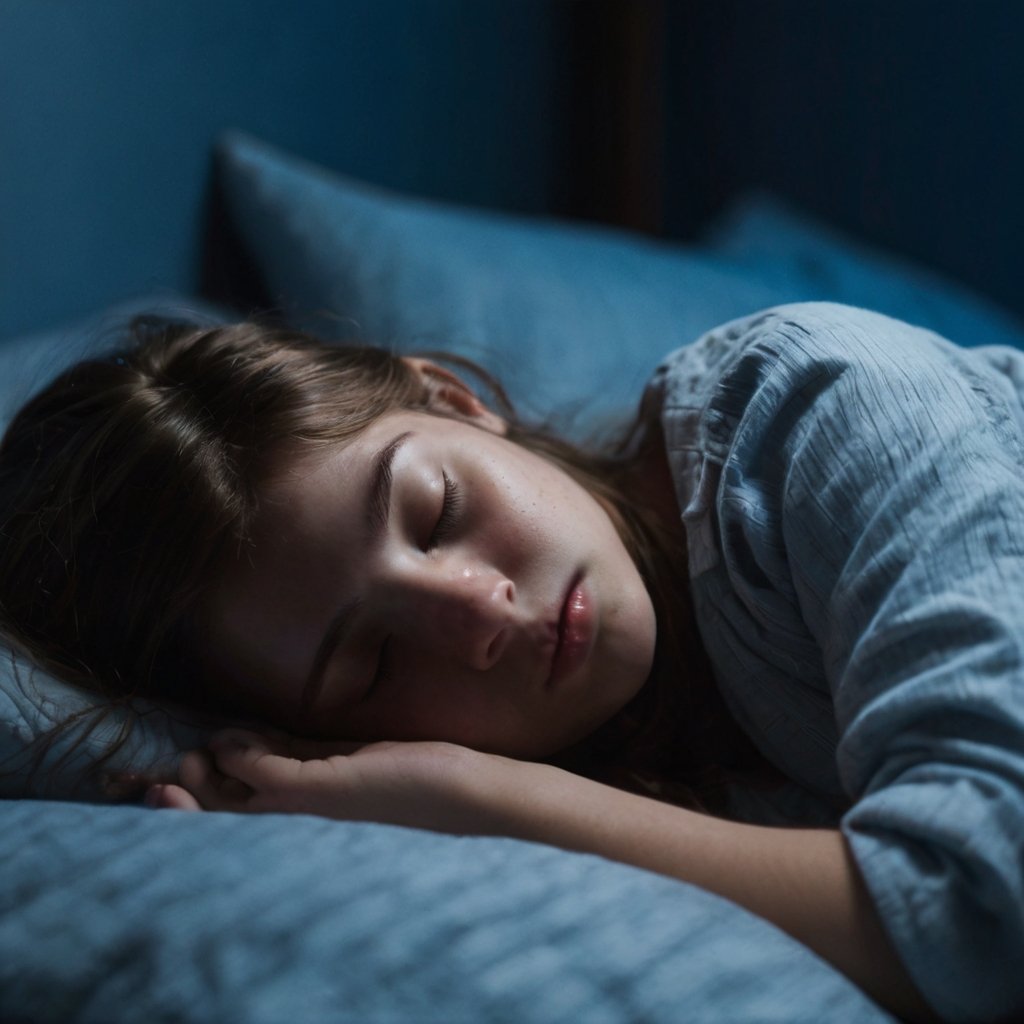In recent years, blue light has come under close scrutiny for its role in disrupting our sleep. It’s not just sunlight that can impact your circadian rhythm—our modern reliance on screens exposes us to intense blue rays long after sunset. In this article, we’ll delve into what blue light is, how it affects your sleep, and practical strategies to minimize its interference, helping you get the rest your body truly needs.
1. What Is Blue Light?
Blue light is part of the visible light spectrum, with wavelengths between 380–500 nanometers (nm). It’s emitted naturally by the sun, but also by artificial sources like LED lights, screens (phones, tablets, TVs), and energy-efficient bulbs.
Because of its short wavelength, blue light scatters more and appears brighter. During daytime, it helps regulate mood, alertness, and cognitive function—great for staying sharp—but at night, it can become a sleep saboteur.
2. How Blue Light Disrupts Sleep
Interferes with Melatonin Production
Melatonin is a hormone that helps regulate our sleep-wake cycle. Exposure to blue light in the evening suppresses melatonin, making it harder to fall asleep.
Delays Circadian Rhythm
Studies show that even 2 hours of screen exposure before bedtime can push your natural sleep onset later by about 2–3 hours .
Affects Sleep Quality
Blue light exposure at night not only delays sleep but also reduces the time spent in deep sleep—the phase most restorative for physical and mental recovery .
3. Common Sources of Blue Light
- Smartphones and tablets
- Computers and laptops
- Flat-screen TVs
- LED and fluorescent lighting
- Some wearable devices
4. How Much Blue Light Can Affect You
The impact of blue light exposure depends on timing and intensity:
| Time of Exposure | Effect on Sleep |
|---|---|
| 1–2 hours before bed | Suppresses melatonin significantly; delays sleep |
| During sleep time | Can cause multiple arousals upon accidental awakenings |
5. Strategies to Reduce Blue Light Exposure
Use “Night Mode” Settings
Most devices offer a warmer screen option (e.g., Night Shift, Night Light, Blue Light Filter) that reduces blue light emission in the evening.
Wear Blue Light Blocking Glasses
Glasses with lenses that block blue wavelengths (typically 450–520 nm) can be worn in the evenings — even minimal 2-hour usage shows benefits .
Replace Lighting
Use dim, amber-toned bulbs in the evening. Consider smart bulbs that automatically adjust color temperature as the sun sets.
Set Digital Curfews
Choose a “screen curfew”—for example, no screens after 9 pm. Replace with offline activities such as reading, meditation, or stretching.
Enable Do Not Disturb Modes
Disable or silence notifications to reduce unintentional wake-ups from sudden screen light or sounds.
6. Integrating Blue Light Reduction Into Your Routine
Here’s a simple evening ritual:
- At 7 pm: Turn on blue light filters or put on blue-blocking glasses.
- After 8 pm: Switch to warm room lighting.
- After 9 pm: Finish any screen-based work and start wind-down activities.
- 1 hour before bed: Aim for no screens—read, stretch, journal.
- At bedtime: Ensure your room is dark or use a silky sleep mask.
7. When Blue Light Isn’t the Only Factor
While blue light is important, sleep quality is also influenced by:
- Noise and comfort
- Stress and emotional health
- Daily activity and circadian consistency
Reductions in blue light will provide the most benefits when combined with overall healthy sleep hygiene.
8. The Evidence Base
- Night-time use of blue light-emitting devices delays melatonin onset and reduces evening sleepiness .
- Pre-bed blue light exposure reduces deep sleep time by roughly 7–10% on average .
Bright Days, Dark Nights: A Simple Principle
Managing blue light is about mimicking nature—even in our modern, tech-filled lives. Daytime use energizes us, while evening use belongs to calm, low-light activities. By strategically reducing blue light exposure, you prime your body to fall asleep more naturally, sleep deeper, and wake up refreshed.
